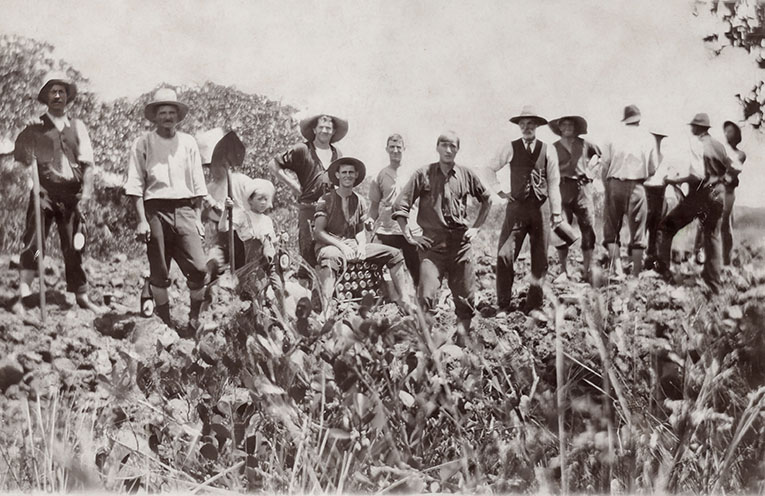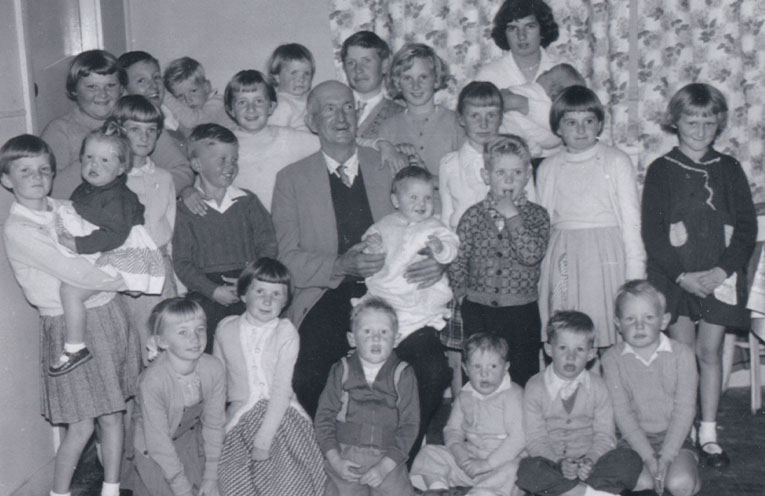TO appreciate and understand the determination of the Bobs Farm community it is necessary to meet the pioneering families.
To say they were tough would be an understatement. They were far more than that!
Having written about these families and having the privilege of meeting their descendants over the past few years, I feel that I have grown to know them.
What I have discovered is that an incredibly strong bond of connection existed between the families, dating back to the mid-to-late 1800s, far stronger than in today’s society.
Much of this, I suppose, could be explained by the marriages between families that lived in close proximity, however there existed something stronger too.
They relied heavily on each other without really being aware of it.
It appears to me that there was a feeling of stability.
The future seemed more predictable and unaffected by outside influences.
The families focused on hard work, providing food for the table, sending the kids to school (at least until they could work on the farm) and paying for everything they owned.
Apart from attending to the basics of life, the early families always had time for social engagement, which in most cases was based around the Bobs Farm Hall or the numerous tennis courts that were spread around the district.
There were 17 tennis courts between Anna Bay and the end of Marsh Road.
Births, deaths and marriages were the business of the entire community, which would celebrate and grieve together, giving great strength and support to whoever happened to be the centre of attention.
The community shared in their successes and sympathised in their losses.
It was a period in the history of the development of Australia, as I have stated in my previous books “Broughton Islanders”, “Old Salt”, “Oysterman” and “The Outer Light”, that I would love to have experienced.
With the recent launching of my final book “Marsh Road”, the set of five local history books is complete.
Writing the books has been a pleasure in that it has given me the opportunity to meet and interact with numerous members of the Port Stephens community who I otherwise would not have met.
To have all five books admitted to the NSW State Library gives me great satisfaction in knowing that the unique history of Port Stephens will be available for all time.
It goes without saying that if we do not take the time to document our past then all will be forgotten.
Our past history is too precious for that to occur.
I would encourage everyone to consider writing their personal history and life experiences, particularly the older generation.
The grandchildren may not be interested just yet but they will be further down the track.
In the near future Port Stephens may have its own regional museum.
An enthusiastic group of historians are pushing the idea along through the Tomaree Museum Association.
By John ‘Stinker’ CLARKE
You can help your local paper.
Make a small once-off, or (if you can) a regular donation.
We are an independent family owned business and our newspapers are free to collect and our news stories are free online.
Help support us into the future.






